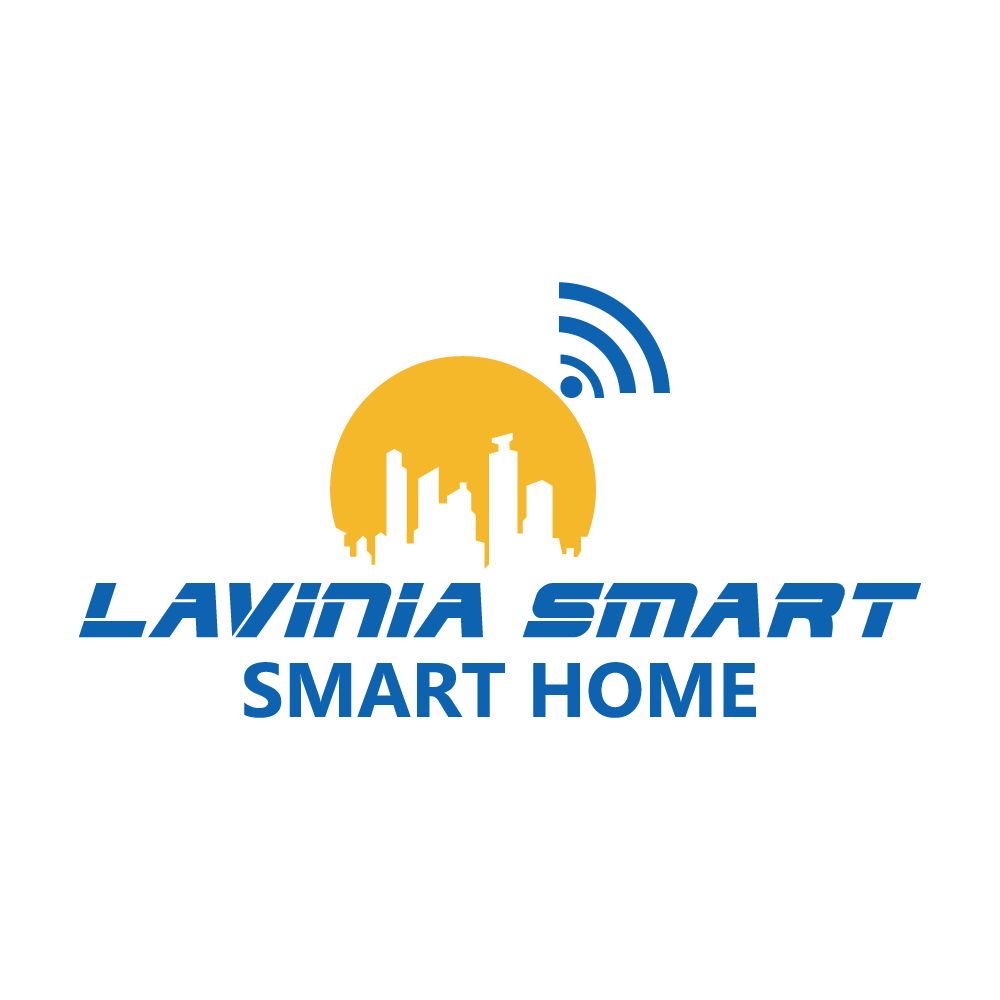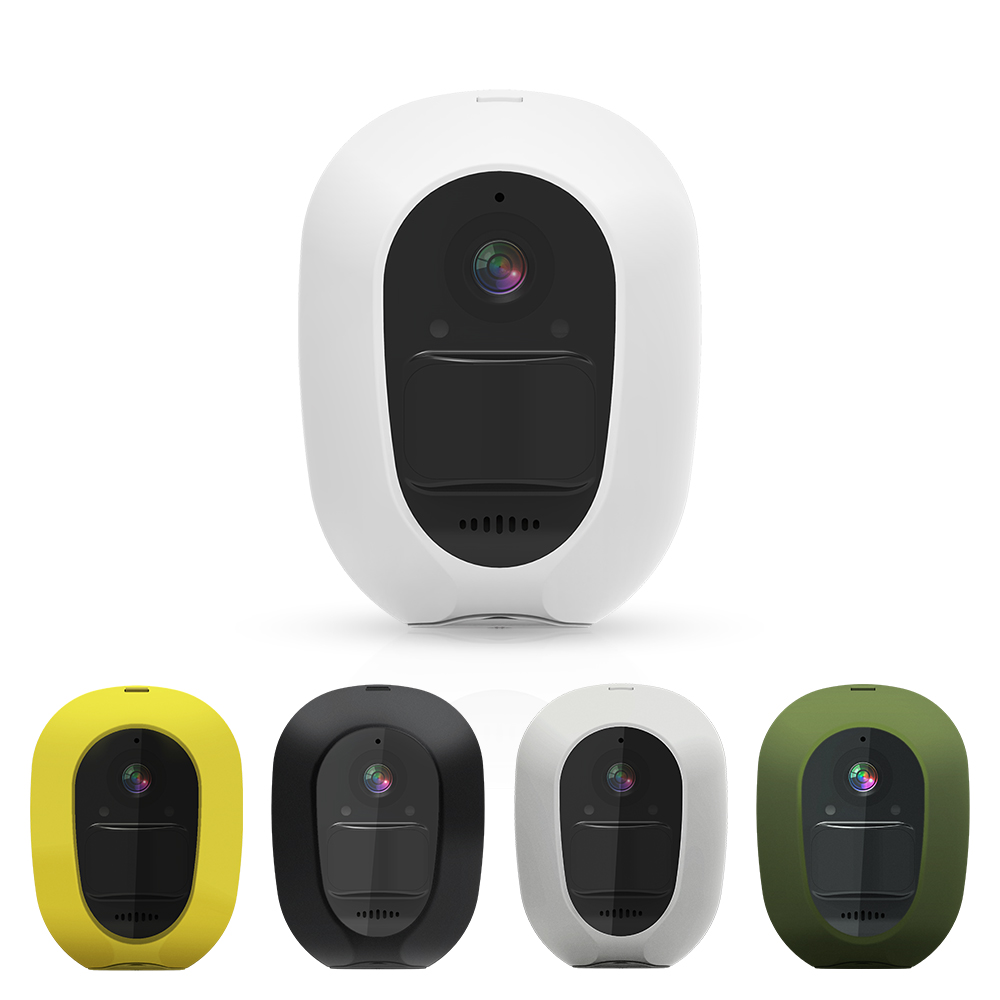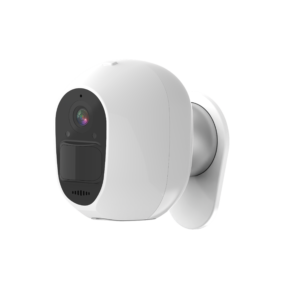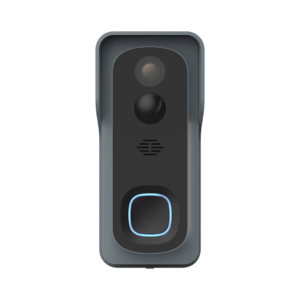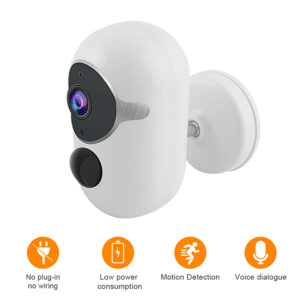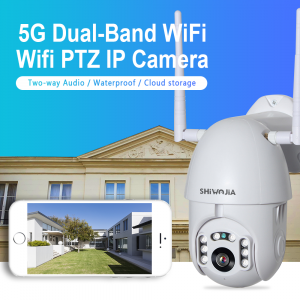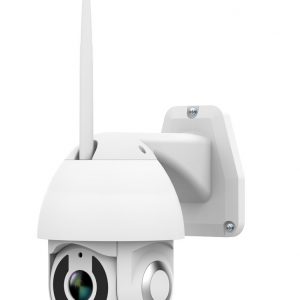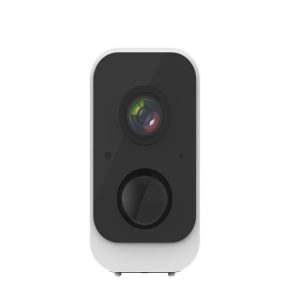Smart cameras are image processing equipment that are designed to automatize processes in industrial settings. They connect an image sensor to the processing unit to determine the next step in the mechanical process. They are less powerful than computer-controlled machine vision systems and might not have the same capabilities or interface as well as operate using the mindset of’set-and-forget. Many smart cameras do not offer a video feed rather, they provide data that are based on internal analysis.
Smart cameras are equipped with the unique capability of analyzing individual images and communicating that information to other industrial controllers, interfaces, and regulators. This allows for the automatization of processing decisions that are simpler and their tiny dimensions and the internal (and often extremely powerful) processors enable them to be more adaptable than sensors for machine vision. Most often intelligent cameras can be described as linescan cameras that have exceptional resolutions for one line.
Smart cameras do not sport an distinctive appearance in comparison to other types of cameras, but are tough enough to function in extreme conditions. While they do not require specific imaging functions, CCD and CMOS image sensors are the norm for cameras that are smart. Because smart cameras’ imaging capabilities are not often visible in monochrome, they are generally adequate. Many smart cameras can be connected to create a single vision system. Smart cameras incorporate important communication (e.g. Camera Link, GigE Vision, USB, FireWire) links that allow information to industrial components as well as remote interfaces. Since smart cameras can be implemented in a way, some development costs could be
Specifications
Lens
Similar to other cameras, lenses play crucial roles in image quality. Lenses accurately focus the view of the tiny and delicate image sensor. They can also eliminate any optical distortions that happen. Camera lenses are sold with standard designs based on the mounting.
C-mount lenses have a flange back distance of 17.5 millimeters, and are needed to be used with C-mount cameras. Contrary to CS-mounts, they have a flange back distance of 12.5 millimeters. Because of their less focal distance, CS-mount lenses can’t utilize C-mount cameras. C-mounts have the diameter of 1″ and 32 threads per inch thread for mounting.
CS-mount cameras can be used with both CS-mount and C-mount lenses. However, C mount lenses need a 5mm adapter or adjustments for the C-mount camera. Due to their smaller distance to the back C-mount lenses are only compatible when used with C-mount cameras. The CS-mount’s diameter is 1″ and 32 threads per inch of mounting thread.
S-mount is a less compact mounting option used in devices like PC cameras and board-mounted cameras. S-mounts are based on M12 x 0.5 thread.
An F-mount lens uses an F-style bayonet mount, which is which is standardized by Nikon.
Resolution
Resolution refers to the total quality of the image that is it is displayed, as measured by the resolution of the sensor. In the case of smart cameras resolutions ranging between 640 x 480 and 1600 x 1200 is the most popular. Linescan cameras also have similar single-line resolutions. The smallest acceptable resolution is recommended to ensure that camera processing is manageable and fast.
Lighting
Many cameras with smart sensors have an integral strobe feature to provide the proper lighting. This reduces the need for the need for wiring, hardware, and reduces the time for processing images crucial components of machines-vision systems.
Frame Rate
Smart cameras capture images at rates between 25 and 35 frames per second, however some cameras come with partial modes that are capable of recording hundred frames every second. Frame rates should not be more than the computational capabilities of the processor, however this is only applicable to older models of smart cameras, as processors get more powerful. In fact, high-speed cameras with smart sensors are common.
Shutter Speed
This is accountable for the amount of time light is able to reach the sensor. This is normally controlled through the electronic shutter. It directs the speed of exposure and the aperture. Common smart cameras can be programmed to offer exposure times of 22 um to 1,000 milliseconds. This feature is dependent on the vision system’s processing. Smart cameras that offer different exposure times, and even ones that mimic high-speed cameras are readily accessible.
Mounting
A lot of smart cameras come with mounting holes for brackets as well as extended arm mountings. For brackets, generally two connection points are enough to ensure the proper placement. Since smart cameras cannot be controlled through an operating system, they virtually never use handheld or portable frames. Tampering, dust, and moisture protection can extend the lifespan of smart cameras.
Features
These specifications are usually optional for video cameras, however dependent on their use, they can improve the quality of video.
-
T8 Cheap Smart Two-Way 1080p HD PIR Camera WiFi Security Home Visual Video Doorbell
-
Indoor outdoor 4G WIFI 2MP low battery wireless security cctv solar panel camera with 180days standby
-
Waterproof 1080P Smart Wireless Video Doorbell WIFI Video Camera Security Phone Two Way talk
-
PIR Camera Battery Powered Wireless Camera IP66 Waterproof Wifi Similar tuya Outdoor Security Camera CCTV
-
smart dual band 5G 2.4G light HD ptz ip camera speed dome two way audio poe night color ai human detection alarm trigger
-
1080P PIR Battery Security Wireless WiFi Dome Camera CCTV Camera
-
Factory OEM 7L Pet Feeder Tuya Automatic Water Dogs Cats Food Smart Wireless WiFi Pet Camera
-
2021 Smart Security Camera Low-Power TUYA WiFi Cloud Recording 1080P Battery Powered
-
Intelligent low-power surveillance camera outdoor waterproof battery camera wireless wifi smart camera
Auto-Lens is a type of operation that allows the lens’ iris to automatically adjusts to ensure an optimum level of light on the device that captures images. Cameras that have auto-lens modes can also feature an automatic lens focus. |
Sensors that are Cooled Sensors are cooling via an Peltier element or another method. Cooling can reduce “dark current” noise and increases sensor sensitivity. |
Dome: Cameras can be housed within a dome that is composed of various materials, such as polycarbonate or acrylic. In general, the materials are optically corrected for precise imaging. This could result in a tamper-proof housing, which is often used for security. |
Gain Control (AGC): Autonomous Gain Control (AGC) makes use of electronic circuitry that increases video signal quality in low light conditions. This could cause noise and, in turn an increase in graininess. In general, AGC is disabled and the specifications are displayed by turning off this feature. |
Gamma Correction represents the nonlinear relation between the intensity of the video signal and the brightness of the next image element. Gamma correction is a way to compensate for this nonlinearity to render the image as true hue while adding an increased intensity to the object. |
High Definition High Definition is a type of video which has a sharper picture and a larger image, as well as more colors, and better sound than the standard video formats. The minimum threshold to qualify as HD video is 128 pixels x 720 pixels. |
High-Speed Cameras High-speed cameras capture images at a greater frame rate than the typical camera. After recording, images are played back in slow-motion, allowing for a close examination of events that could be temporary. This is especially useful in scientific research however it can also be used for numerous applications. Most contemporary high-speed camera models are digital and can record over 1,000 frames in a second. The excessive number of frames per second can reduce coverage and also creates huge, heavy files. |
Low-Light Cameras: They are intended for use in conditions where a normal camera cannot achieve an appropriate exposure level of taking an image. These cameras have cameras that have image sensors which are extremely sensitive to light sources that are subtle. |
Outdoor Rated: These devices are built to stand up to extreme temperatures in the outdoors as well as snow, rain and other weather conditions. |
Pan/Tilt: These units have integrated or optional mounting options that allow side-to-side (pan) as well as up and down (tilt) controlled motion. |
Progressive Scan Progressive Scan: This is an CCD design that allows the acquisition of odd and even fields simultaneously. Each pixel has information from a complete frame. This technology can provide high-resolution without the need for mechanical shutters. The progressive scan camera is utilized to capture images of moving objects as well as accurate measurement of dimensions. |
Radioactivity Hardened: The cameras are made to withstand extreme doses of radiation. They can be utilized in nuclear facilities, or in research studies which exposes the device to radiation. |
Underwater Rated: The devices are designed to function even when fully submerged. This feature is available to an aftermarket housing. |
Zoom: Cameras are built with an option that allows the camera to focus on objects in the distance. Zooms that are optical offer higher clarity than the digital ones. |
3D Recording Cameras have the ability to record images with three distinct directional planes. This can be helpful in documenting the size of objects. |
Applications
Smart cameras can be used for non-contact measurement, product and process inspection the quantification, sorting and identification as well as code reading robot input, many other jobs. Because of their tiny dimensions and their easy connectivity, modern cameras are limited by the creativity of the user. They are commonly found in intelligent cameras in auto assembly and pharmaceutical processing, food and beverage packaging as well as quality control roles and also automated surveillance. Amazingly, modern security cameras are able to detect dangers independently and notify authorities.
